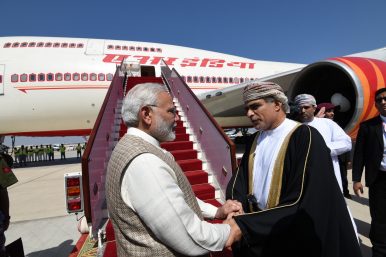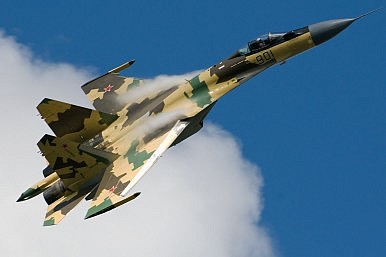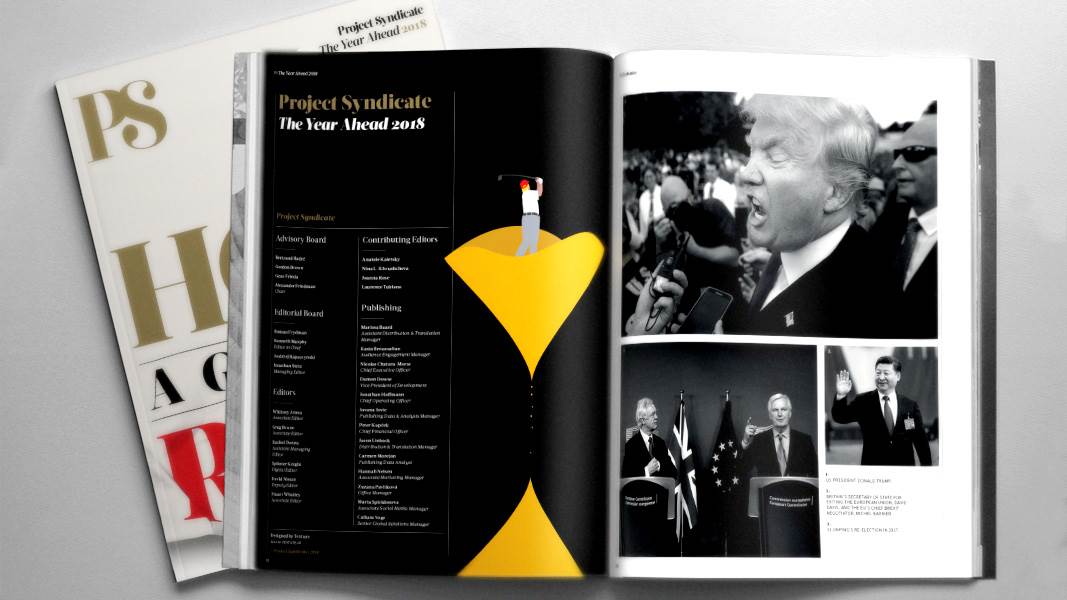By Harsh V. Pant
 India is still stuck in the age-old debates of the Israel-Arab rivalry whereas the Middle East has moved on. Can Modi change that?
India is still stuck in the age-old debates of the Israel-Arab rivalry whereas the Middle East has moved on. Can Modi change that?
As India seeks to pursue multi-dimensional engagement with the Middle East, Prime Minister Narendra Modi’s latest visit to the region has merely underscored the growing salience of the region in the Indian foreign policy matrix. While a lot of focus is often given to India’s ‘Act East’ policy, India’s ‘Look West’ policy too has evolved rapidly. This was Modi’s fifth visit to West Asia in the last three and a half years and sustained high-level engagement has ensured that India’s voice is becoming an important one in a region that is witnessing major power rivalries playing out in the open like never before.















